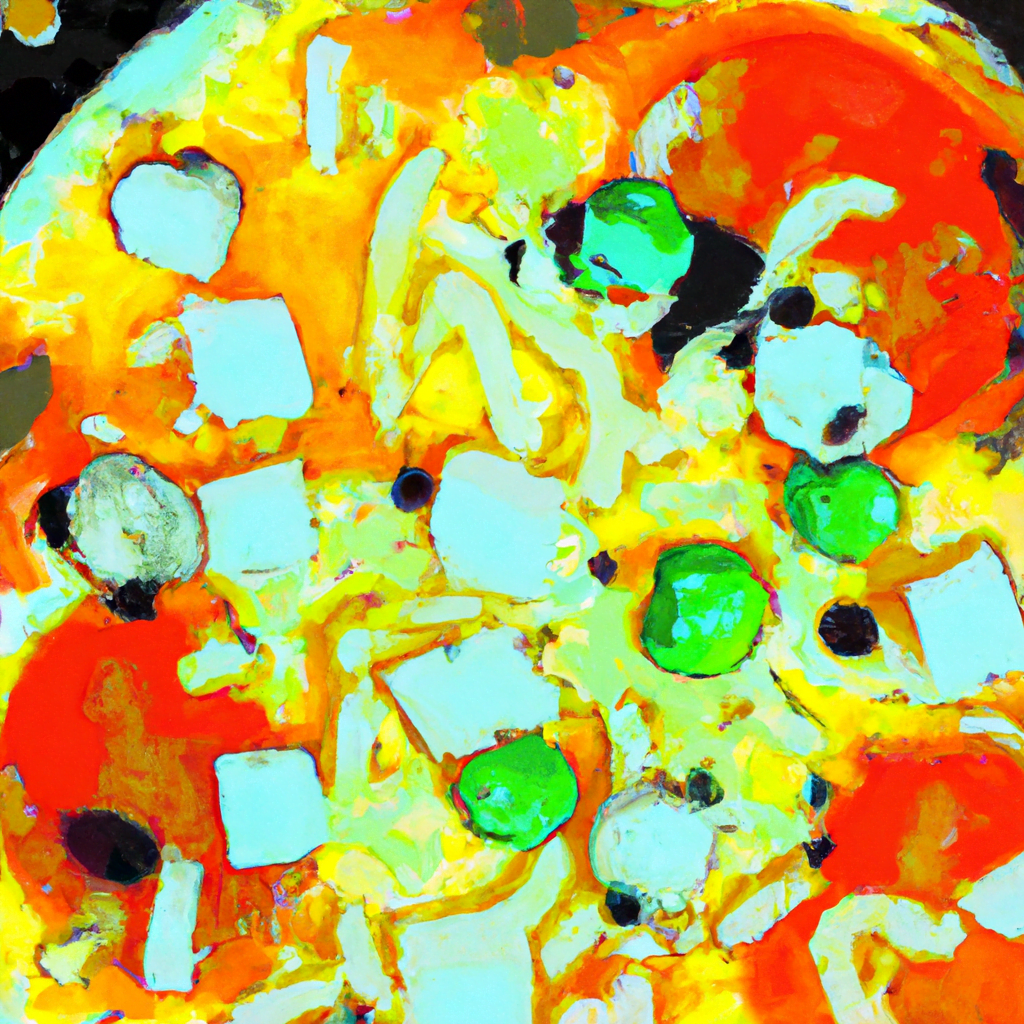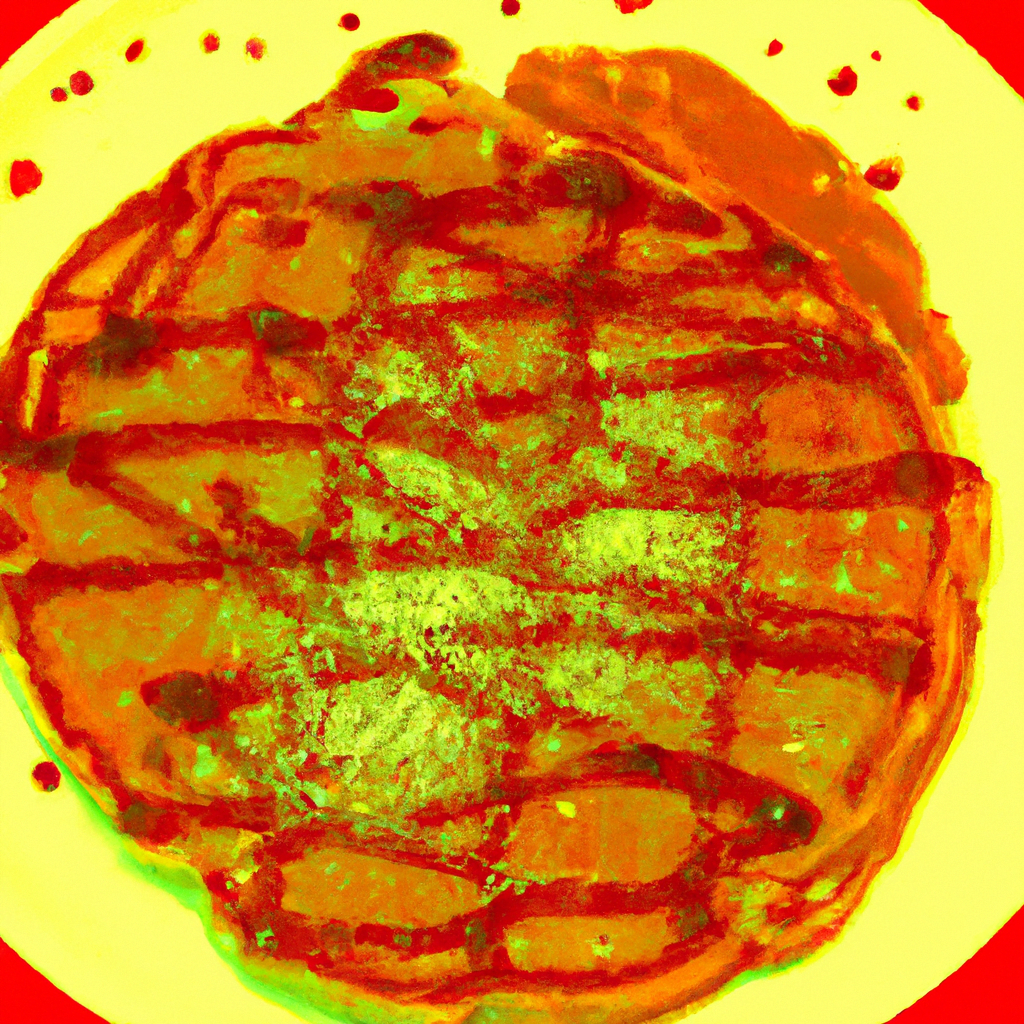
Illustrating for Culinary Art: Depicting Delicious Food and Recipes

Food is not only a necessity for survival but also a form of art that can be visually appealing and enticing. In the culinary world, the presentation of food plays a crucial role in attracting customers and creating a memorable dining experience. One way to enhance the visual appeal of food is through illustrations. Illustrating for culinary art involves the depiction of delicious food and recipes in a way that captures the essence of the dish and entices the viewer’s taste buds. In this article, we will explore the importance of illustrating for culinary art, the techniques used, and the impact it has on the culinary industry.
The Importance of Illustrating for Culinary Art
Visual appeal is a significant factor in the success of any culinary establishment. When it comes to food, people eat with their eyes first. A visually appealing dish can create a sense of anticipation and desire, making it more likely for customers to try it. This is where illustrating for culinary art comes into play. By creating visually stunning illustrations of food and recipes, chefs and culinary artists can showcase their creations in a way that is both enticing and informative.
Illustrations allow chefs to highlight the key ingredients and techniques used in a dish. They can showcase the textures, colors, and flavors of the food, giving viewers a glimpse of what to expect. Whether it’s a cookbook, a menu, or a food advertisement, illustrations can make the food look more appetizing and increase its perceived value.
Techniques for Illustrating Culinary Art
Illustrating for culinary art requires a combination of artistic skills and knowledge of food. Here are some techniques commonly used by illustrators to depict delicious food and recipes:
1. Watercolor Illustrations
Watercolor illustrations are a popular choice for depicting food due to their vibrant and organic look. The transparency of watercolors allows for the creation of subtle gradients and textures, making them ideal for capturing the delicate nuances of food. Watercolor illustrations can evoke a sense of freshness and naturalness, making the food appear more appetizing.
For example, in a cookbook, watercolor illustrations can be used to depict the ingredients and steps involved in a recipe. The soft and fluid nature of watercolors can convey the process of cooking and add a touch of elegance to the overall presentation.
2. Digital Illustrations
Digital illustrations have gained popularity in recent years due to their versatility and ease of editing. With digital tools and software, illustrators can create highly detailed and realistic illustrations of food. Digital illustrations allow for precise control over colors, textures, and lighting, resulting in visually stunning representations of food.
For instance, in a food advertisement, digital illustrations can be used to showcase the intricate details of a dish, such as the layers of a cake or the toppings on a pizza. The ability to manipulate and enhance the visual elements digitally allows for a more polished and enticing presentation.
3. Line Drawings
Line drawings are a classic technique used in illustrating culinary art. They involve the use of simple lines and minimal shading to depict the form and details of food. Line drawings can be clean and elegant, allowing the viewer to focus on the essential elements of the dish.
Line drawings are often used in menus to illustrate the dishes and provide a visual representation of the ingredients. They can also be used in cookbooks to depict the steps involved in a recipe. Line drawings are versatile and can be adapted to various styles, from minimalistic to intricate.
The Impact of Illustrating for Culinary Art
The use of illustrations in culinary art has a significant impact on the culinary industry. Here are some ways in which illustrating for culinary art influences the industry:
1. Increased Appetite Appeal
Illustrations have the power to make food look more appetizing and appealing. By showcasing the textures, colors, and flavors of a dish, illustrations can create a sense of anticipation and desire in the viewer. This can lead to increased sales and customer satisfaction.
For example, a study conducted by the University of Oxford found that people were more likely to choose a dish with an illustrated image compared to a dish without any visual representation. The study concluded that illustrations have a significant impact on the perceived taste and desirability of food.
2. Enhanced Branding and Marketing
Illustrations play a crucial role in branding and marketing within the culinary industry. They can help establish a unique visual identity for a restaurant, cookbook, or food product. Consistent and well-executed illustrations can create a recognizable brand image and attract a loyal customer base.
For instance, the iconic illustrations used by McDonald’s in their advertisements and packaging have become synonymous with their brand. These illustrations not only make the food look appealing but also create a sense of familiarity and trust among customers.
3. Improved Communication and Understanding
Illustrations can bridge the gap between different cultures and languages by providing a visual representation of food. They can help overcome language barriers and make recipes and cooking techniques more accessible to a wider audience.
For example, in a multicultural society, illustrations can be used in cookbooks to depict the ingredients and steps involved in a recipe. This allows individuals from different cultural backgrounds to understand and recreate dishes from various cuisines.
Summary
Illustrating for culinary art is a powerful tool that enhances the visual appeal of food and recipes. By using techniques such as watercolor illustrations, digital illustrations, and line drawings, chefs and culinary artists can create visually stunning representations of their creations. The impact of illustrating for culinary art is evident in increased appetite appeal, enhanced branding and marketing, and improved communication and understanding within the culinary industry. As food continues to be a form of art, illustrations will play a crucial role in captivating the viewer’s attention and enticing them to indulge in the culinary experience.
